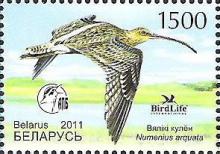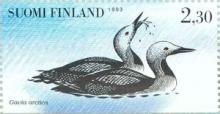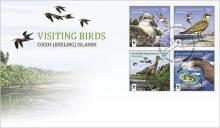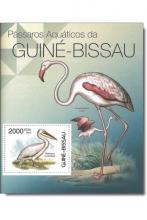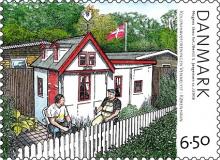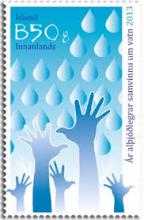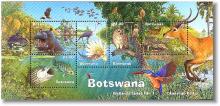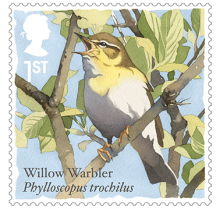
By 2013, the UK breeding farmland bird index had fallen by 55 per cent to a level less than half that of 1970. Four farmland specialists (grey partridge (Perdix perdix), turtle dove (Streptopelia turtur), tree sparrow (Passer montanus) and corn bunting (Miliaria calandra)) have declined by over 85 per cent relative to 1970 levels. In 2013, the UK breeding woodland bird index was 28 per cent lower than its 1970 level. A number of woodland specialists (lesser spotted woodpecker (Dendrocopos minor), lesser redpoll (Acanthis cabaret), spotted flycatcher (Muscicapa striata), tree pipit (Anthus trivialis), wood warbler (Phylloscopus sibilatrix), crossbill (Loxia curvirostra) and marsh tit (Poecile palustris)) have declined by over 70 per cent relative to 1970 levels, with willow tit (Parus montanus) and capercaillie (Tetrao urogallus) down by more than 90 per cent. The index for wet grassland birds decreased by 53 per cent since 1975. Redshank (Tringa totanus), snipe (Gallinago gallinago) and yellow wagtail (Motacilla flava) have declined, by more than 60 per cent, 80 per cent and 95 per cent, respectively. Seabird populations in the UK have fallen by 24 per cent since 1986; this is the lowest level recorded. Blacklegged kittiwakes (Rissa tridactyla) declined by 72 per cent since 1986 and Arctic skuas (Stercorarius parasiticus) declined by 82 percent.

